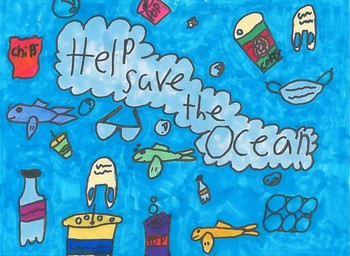 Artwork by Cordelia S. (Grade 5, Ohio), winner of the Annual NOAA Marine Debris Program Art Contest.
We’re in the full swing of spring!
The weather is warming up, the trees are filling with leaves, and it seems like there are new flowers popping out every day! In the spirit of this season of growth and change, the NOAA Marine Debris Program is working to improve our newsletter for all of you. We have put together a brief survey about your experience, your preferences, and what you would like to see from this newsletter. We would greatly appreciate your input!
Looking to freshen up your instruction this spring? We have so many new resources available for you! We’ve highlighted the newest releases in this newsletter, but you can see all of our materials for educators, students, kids and families, and adults and professionals on the Marine Debris Program Education page. And if you have any questions about marine debris topics, you can explore Discover Marine Debris to find the answers!
Finally, if you're a gardener (like me!), you might be excited to get out in the dirt. To celebrate the season, we have a few fun activities in this issue to bring upcycling into the garden. Happy planting!
Enthusiastically,
Alexandria Brake, NOAA Marine Debris Program Education Specialist
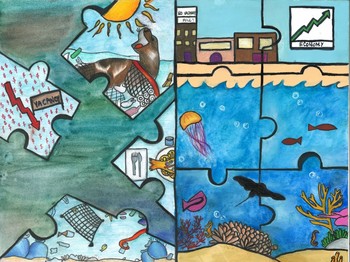 Artwork by Trisha G. (Grade 7, Florida), winner of the Annual NOAA Marine Debris Program Art Contest.
The NOAA Marine Debris Program’s goal is to provide resources to support marine debris education. One of the ways we do this is through our quarterly Education Newsletter. We hope to improve the relevance and usefulness of this resource by identifying the needs and interests of our audience through this survey. Thank you for your time, and we look forward to sharing the subsequent updates and improvements we make using your input!
(OMB Control Number: 0690-0030)
Respond to the survey
 Artwork by Betty L. (Grade 8, Florida), winner of the Annual NOAA Marine Debris Program Art Contest.
We are pleased to announce the winners of the Annual NOAA Marine Debris Program Art Contest! We received many colorful, fun, and informative entries from around the country, and although we wish we could showcase them all, we are excited to share the winners of this year’s contest with you.
Learn more
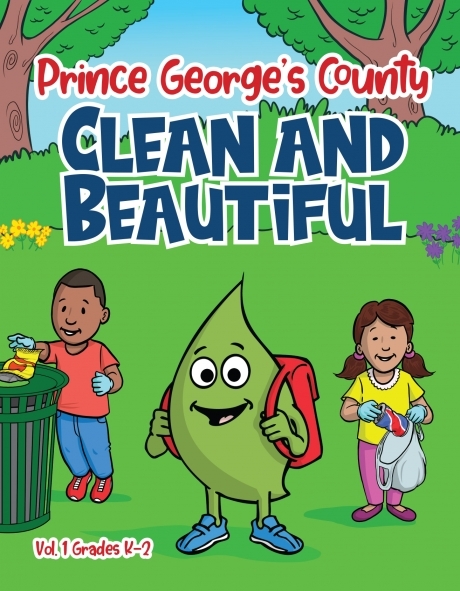 Students of all ages can learn how litter becomes marine debris and ways to make a difference in the community with Spencer the Sprout (Credit: Prince George's County, Maryland).
These colorful, engaging activity books were created by Prince George’s County, Maryland, with funding from the NOAA Marine Debris Program. Follow along as Spencer the Sprout learns about how litter becomes marine debris and ways to make a difference in your community. Each book features content and activities ideal for a different age group, from kindergarten through high school.
Learn more
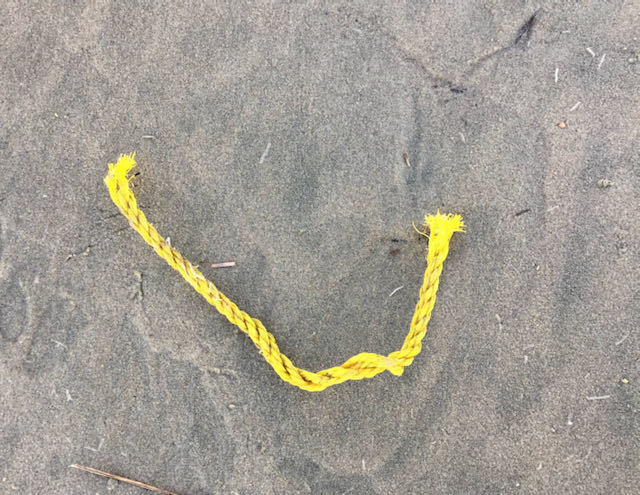 Investigate and interrupt processes that lead to debris items of concern with the Marine Debris Interruptions lesson plans (Credit: Oregon Sea Grant).
Have you ever found litter on the beach and wondered what it is and where it came from? In this project, organized by Oregon Sea Grant and supported through funding by the NOAA Marine Debris Program, students focus on one particular item of marine debris and try to learn about the item's story. Once students know the object's story, they identify solutions that would prevent this particular type of marine debris from ending up on the beach, and share their ideas with decisionmakers.
Learn more
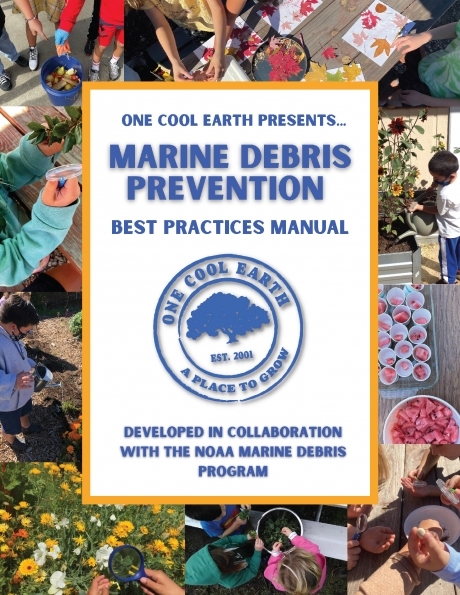 Dive into best practices, inspirational ideas, standards-aligned lessons, and other resources to prevent marine debris in your school community (Credit: One Cool Earth).
Created by One Cool Earth with funding provided by the NOAA Marine Debris Program, this Marine Debris Prevention Best Practices Manual is a comprehensive guide to help establish lasting change on school campuses. It covers tips and tricks for engaging students in assessing school waste, bringing student leaders together into “Green Teams,” and supporting the entire school community with marine debris prevention. Learn creative ways to minimize waste in the classroom, in the cafeteria, in school gardens, and on the playground. These strategies are accompanied by case studies, standards-aligned lesson plans, videos, and other resources.
Learn more
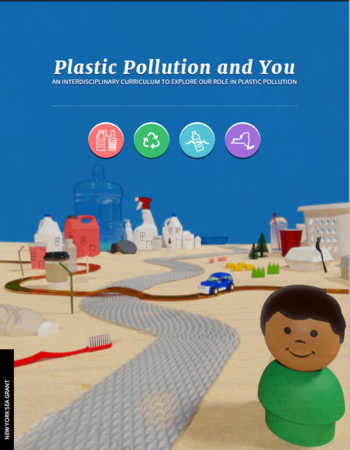 Help students understand types, sources, and impacts of plastic marine debris, and identify prevention strategies and projects to keep plastic out of the marine environment (Credit: New York Sea Grant).
New York Sea Grant has published “Plastic Pollution and You,” a 126-page, 15-lesson curriculum focused on a human-made threat to the quality of New York’s marine and freshwater aquatic ecosystems. The “Plastic Pollution and You” lessons and activities urge students to think about what plastic is, how they use plastic, and about the consequences of plastic pollution in the environment. They learn the different types of plastics, their impact on marine and freshwater ecosystems, and about the recycling process and trash capture technology.
Learn more
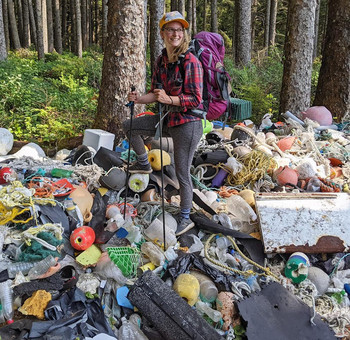 Hillary Burgess, Monitoring Coordinator (Credit: Hillary Burgess).
Help your students imagine a career in marine debris monitoring with this National Ocean Service career profile! Hillary is a specialist in monitoring and citizen science and leads the Marine Debris Monitoring and Assessment Project. The project is a network of partners (including educators and students) who work together to monitor and study the amounts and sources of marine debris on shorelines around the country.
Learn more
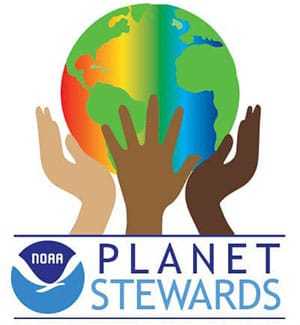 Planet Stewards supports educators in carrying out hands-on stewardship projects with elementary through college age students, as well as the public in focus areas including marine debris (Credit: NOAA).
Through federal funding opportunities of up to $5,000, NOAA Planet Stewards supports educators in carrying out hands-on stewardship projects with elementary through college age students, as well as the general public. Stewardship projects must make a substantive and quantitatively measurable impact on an environmental issue related to the educator’s community. Projects should focus on the conservation, restoration, and/or protection of human communities and/or natural resources from environmental issues in one of four focus areas, including marine debris.
Learn more
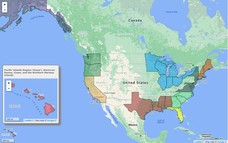
Check out some features from our projects around the country working to prevent marine debris.
|
 Large amounts of inland debris can accumulate on beaches after heavy rains and storms (Credit: Club Marina, Escuela Especializada en Ciencias, Matemática y Tecnología).
In partnership with the National Sea Grant and the NOAA Marine Debris Program, Puerto Rico Sea Grant is working to create and implement a bilingual curriculum to introduce students to a variety of marine debris topics and provide opportunities for students and their families to participate in coastal cleanup activities.
Learn more
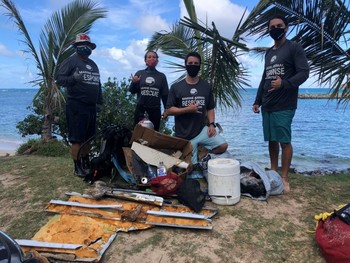 HMAR marine debris divers next to the debris they cleaned up during a SCUBA dive (Credit: HMAR).
Hawai‘i Marine Animal Response (HMAR), with the support of Hawai‘i Sea Grant, is expanding the activities of their Marine Debris Program with the goal to enhance the long-term prevention of marine debris. The project team is developing new curricula with an aim to engage at least 500 middle school students and to share it with teachers. Additionally, they are working to increase community participation in their ongoing citizen science fishing debris removal program called BEAT DEBRIS. HMAR is committed to engaging local community members and empowering community driven stewardship through this effort.
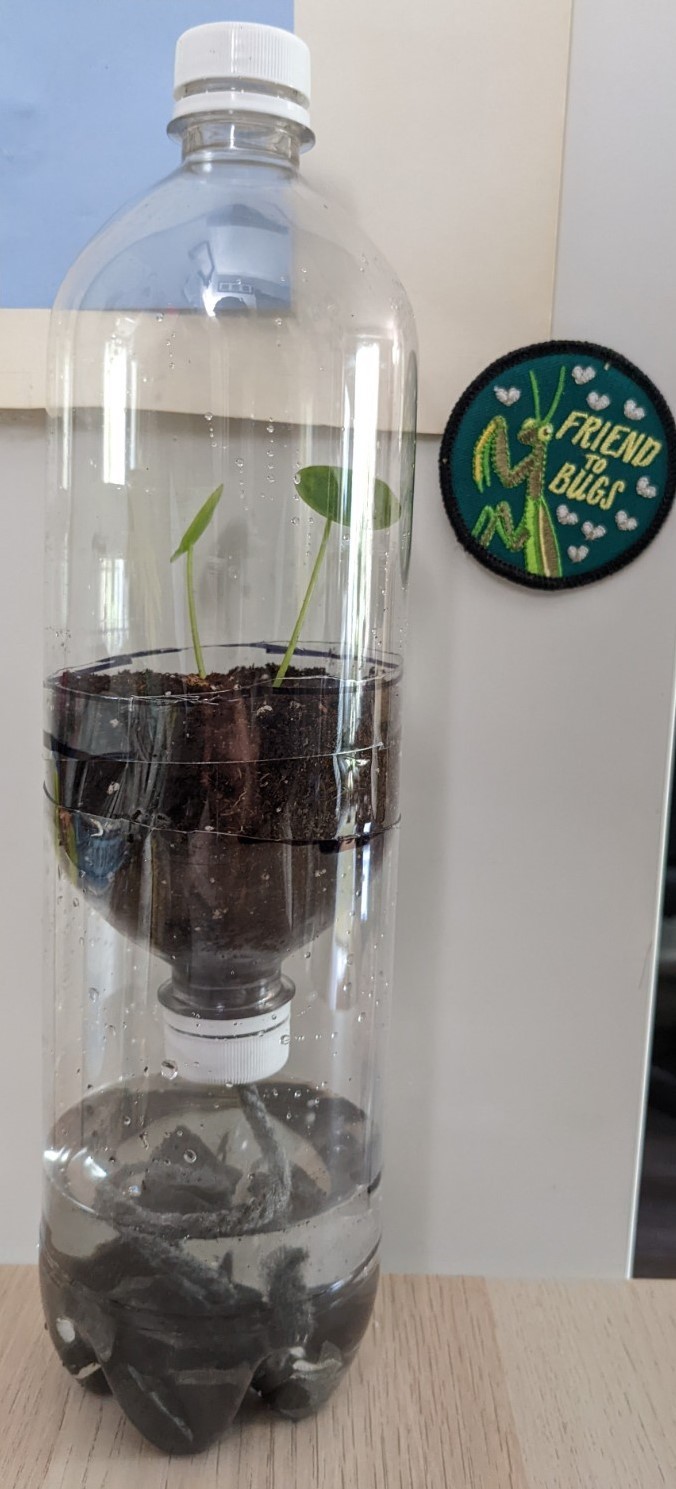 Help your plants grow with this self-watering terrarium (Credit: NOAA).
I love my plants, but it can be a real hassle getting them everything they need to thrive. I also love my fizzy water, but wish I had a better way to handle those pesky plastic bottles. This self-watering terrarium solves both of those problems! The string in the bottom acts like a wick, pulling water up from the base and into the soil, while the top seals in all that humidity. Plus, I can use it over and over as my plants continue to grow!
Looking for a craft from a previous newsletter? Check out our NOAA Marine Debris Program Newsletter Archive page to revisit all of our past activities (including the greenhouse part of this terrarium!).
From Trash to Terrarium!
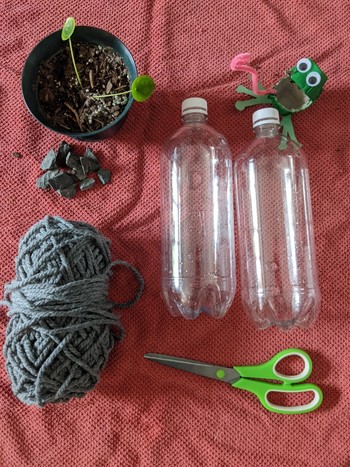 Here are all the supplies you'll need: two bottles, some rocks (optional), scissors, yarn, and (of course) your plant! (Credit: NOAA)
I used one-liter bottles for my terrarium, but you could use smaller or larger bottles depending on what you have!
Supplies Needed:
- Two bottles
- Yarn or string
- Scissors* (child-safe scissors won't be strong enough to cut the bottles and caps, so all cutting activities should be completed by adults or with adult supervision)
- Rocks (optional)
- Plant or seeds and soil
Steps:
 |
|
1. Cut the bottles into two pieces each. One bottle should be cut about 2/3 to the bottom, and one should be cut about 2/3 to the top.
|
 |
|
2. Cut a hole in one bottle cap and push a strand of yarn through the hole.
|
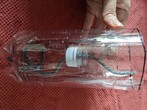 |
|
3. Put the cap and string onto the shorter top section and nest it upside-down into the longer bottom section, with the string hanging into the bottom.
|
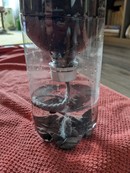 |
|
4. Fill the bottom section with water and your rocks, and fill the top section with your soil and plant.
(The rocks are optional here - I just liked the way they looked.)
|
 |
|
5. Secure the top of your terrarium! Take the longer top section and fit it over your plant and soil. If it isn't fitting, try cutting a small slit in the bottom and wiggling it on (this might take some adjusting, depending on your bottles). |
6. Watch your plant grow!
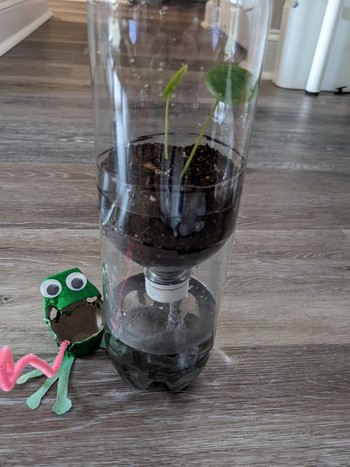 Ta-da! The string will pull water into the soil, while the top will trap humidity to create the perfect conditions for your plant (Credit: NOAA).
Keep the momentum growing with these additional planting activities for the home and garden.
- Use egg cartons (or any kind of carton!) as seed-starting nurseries (you can also use plastic bags or domed lids from drink containers to increase humidity)
- Repurpose t-shirts or other cloth (like old socks!) as plant ties - they're soft and stretchy to support your tomatoes, peas, and other leggy climbers while they grow
- Regrow food scraps like pineapple tops, avocado pits, and more to cut down on food waste and create fun projects
Interested in more ways to help prevent marine debris at home, at school, or at the store? Dive into all kinds of ideas on our How to Help page.
Have any feedback on our content?
Please complete this survey on the NOAA Marine Debris Program Education Newsletter if you have any questions, ideas, or hopes for our marine debris materials.
Contact us at marinedebris.web@noaa.gov
Subscribe to the NOAA Marine Debris Program Education Newsletter
Subscribe to the NOAA Marine Debris Program Monthly Newsletter
Subscribe to the Marine Debris Blog
|